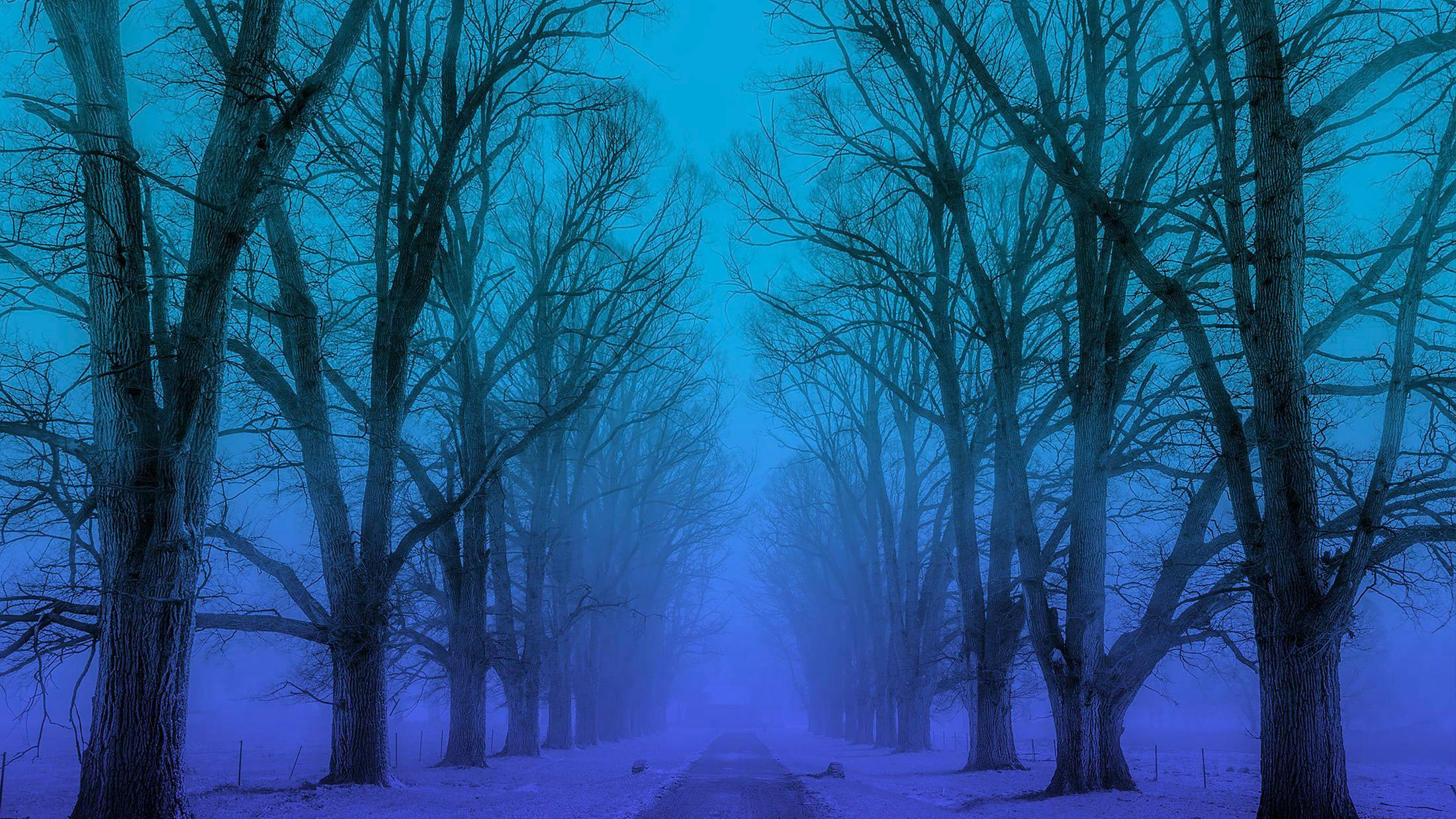Her top tips for alleviating some of the winter blues start with a sunrise lamp mimicking natural light and helping our body clocks adjust in the mornings.
“I work out all year round, but really make it a priority this time of year; it gives you that extra energy boost that you need and makes you happy,” she adds. And, of course, vitamin D supplements, which can help combat those feelings of sluggishness and fatigue.
A lack of sun leads to vitamin D deficiency, which is associated with depression, cognitive function impairment and other mood disorders. And for myself as a Black person, we have to spend even more time in the sun than people with lighter skin to produce the same amount of vitamin D.
More than anything, though, Cecilia believes we should embrace the darkness.
“Don't just sit inside while the snow is falling outside, go outside, enjoy it! I love the darkness, it is so peaceful,” she says, adding that you should probably invest in a good headlamp and reflective gear before heading off to explore the frozen wilderness.
“Call your friend and go on a walk together, take your kids outside to go sledging, if you have snow. If you don't have snow, maybe go to a park or playground,” she suggests. “Living without any daylight whatsoever for two-and-a-half months really shows you that the darkness isn't something to hold you back from going outside.”
